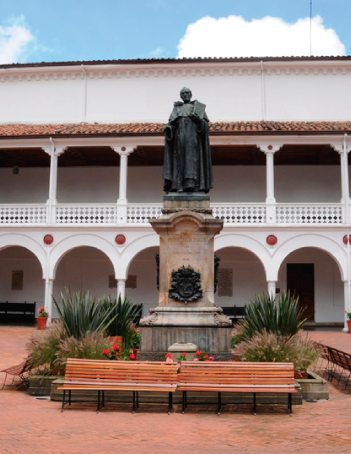Front Cover; Biomechanics of the Female Pelvic Floor; Copyright; Contents; Contributors; Editors Biography; Foreword; Preface; References; Introduction to the First Edition of Biomechanics of the Female Pelvic Floor: How to Use This Book; Section 1: Principles of Pelvic Floor Anatomy and Biomechanics; Chapter One: What Biomechanics Has to do With the Female Pelvic Floor -- A Historical Perspective; Evolution of Biomechanics Through the Centuries; Biomechanics in the 20th Century and Beyond and Applications to Medicine; References; Chapter Two: Pelvic Floor Anatomy and Pathology; Overview
Levator Ani and Anal SphinctersLevator Ani Muscle and Its Three Subdivisions; Overall Anatomy of the Levator Ani Muscle; Levator Ani and Anal Sphincter Lines of Action; External and Internal Anal Sphincters; Levator Ani Muscle Injury and Pelvic Organ Prolapse; Levator Ani Muscle Injury Associated with Prolapse; How Does Childbirth Cause Injury?; Alteration in Pelvic Sidewall Anatomy Due to Injury; Connective Tissue Supports of the Pelvic Organs; Apical Supports: Level I; Overview; Level I: Cardinal and Uterosacral Ligaments; Tissue Composition of Cardinal and Uterosacral Ligaments
Ligament GeometryLigament Changes with Prolapse; Anterior Compartment: Level II; Anterior Fascial and Levator Arches; Anterior Compartment: Level III; 3D Reconstructions of the Anterior Compartment and What Happens During Prolapse; Cystocele and Exposed Vaginal Length; Posterior Compartment; Anatomy of the Posterior Vaginal Wall Support as It Applies to Rrectocele; How Does Posterior Vaginal Wall Support Fail?; Interactions among Different Compartments; Conclusion; References; Chapter Three: Musculoskeletal Pelvic Anatomy; The Bony Pelvis and its Articulations; Sacrum; Coccyx
Innominate BonesIlium; Ischium; Pubis; The Skeletal Pelvis as a Whole; Articulations of the Pelvic Ring; The Sacroiliac Joint; The Pubic Symphysis; The Lumbosacral Joint; The Sacrococcygeal Joint; Muscles of the Thoracoabdominal Pelvic Cavity; Muscles of the Anterolateral Abdominal Wall; Posterior Muscles of the Abdominal Wall; Muscles of the Pelvis; Perineum: Outlet of the Pelvis; Fascia: In General and Specific to the Female Pelvis; Fascia of the Female Pelvis; Neuroanatomy of the Female Pelvis; Autonomic Nervous System of the Female Pelvis; Somatic Nervous System of the Female Pelvis
Abdominal Wall, Pelvic Floor Dysfunction, and the Promise of Computational ModelingReferences; Chapter Four: Introduction to Classical Mechanics; Introduction; Structural Versus Mechanical Properties; Structural Properties; Mechanical Properties; Types of Mechanical Tests; Uniaxial Tensile Test; Compression Tests; Shear Tests; Bending Tests; Categorization of Material Deformations; Elastic Deformation; Plastic Deformation; Viscoelasticity; Viscoelastic Experiments; Effect of Strain Rate; Stress Relaxation; Creep; Hysteresis; Conclusion; References

Escuela de administración
Facultad de Jurisprudencia
Facultad de Ciencias
Escuela de Ciencias
Escuela de Medicina
Facultad de Economía
Facultad de Estudios
Facultad de Creación
Escuela de Ingeniería,
Otras Ofertas
 Historia y símbolos
Historia y símbolos
 Enfoque estratégico
Enfoque estratégico
 Gobierno universitario
Gobierno universitario
 Playbok - Nuestros pilares de transformación
Playbok - Nuestros pilares de transformación
 Protocolo de seguridad
Protocolo de seguridad
 Archivo histórico
Archivo histórico
 Portafolio de becas, descuentos y apoyo financiero
Portafolio de becas, descuentos y apoyo financiero
 Casa UR
Casa UR






 Proyección social
Proyección social Filantropía
Filantropía Hagámoslo posible
Hagámoslo posible

 Libro
Libro







